Higher Frame Rates Matter – How You Can Game Above 60Hz
Peter Donnell / 7 years ago
Hardware, Software, and More!
OK, so we have to discuss monitors quite a bit. Your typical desktop gaming monitor, or any monitor, rarely goes above 60 Hz as standard. For some, this means that you’ll have to either overclock your monitor, which can bring some small improvements to refresh rates. For the best results, however, it means you’ll need to invest in a high refresh rate monitor.
60Hz+ Monitors We’ve Reviewed
- AOC 25.5″ 240Hz FHD (Review) – £469.99
- Acer X34 G-Sync Ultrawide (Review) – £869.99
- AOC G2460PG G-Sync (Review) – £316.90
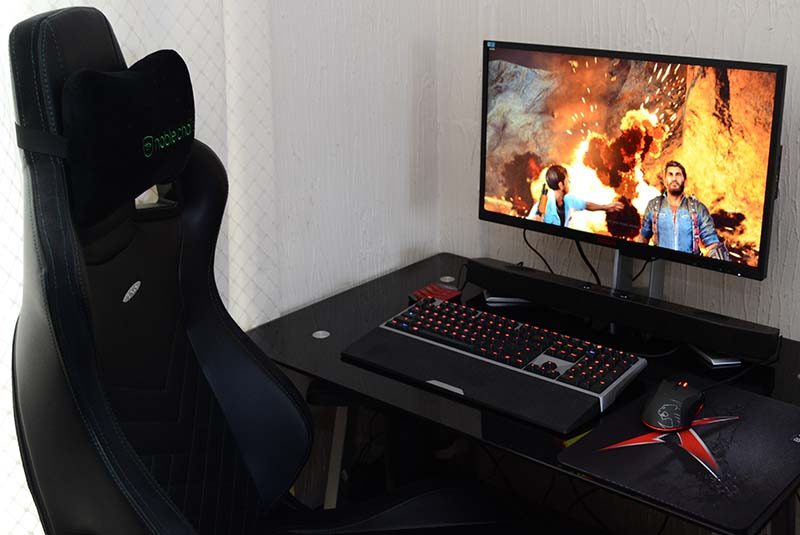
Other Suggestions
There are so many on the market, it’s hard to know where to start. If you look on sites like Amazon, and most other retailers, there’s usually a dedicated section for high refresh rate displays. On Amazon, you can find a range of 240Hz, 144Hz, etc. The higher the refresh rate, the price will definitely shoot up. Many of the decent ones currently cost around £400-700. The lower priced ones will typically be HD, while higher priced ones will offer up WQHD panels. HD panels often reach 240Hz, while most WQHD monitors top out at 144Hz. Either way, anything north of 100 Hz is going to offer a significant difference over a 60Hz panel.
I Can’t Afford That!
That’s understandable that many of you are quite happy with your current display. Upgrading to a high refresh panel is pretty damn expensive right now and has been for a few years. Of course, this technology will continue to come down in price. Much in the same way 4K panels costs £1000’s but now cost a few hundred. Then again, you could always overclock your monitor!
Monitor Overclocking?
That’s right, many monitors can be overclocked. However, I must point out that not all can, and even then, results will certainly vary. This can be done easily on Nvidia Control Panel. Simply create a custom resolution, and type in a higher refresh rate. My monitor, the Iiyama G-Master GB28888UHSU, for example, with hit 79Hz at 1440p. It’s trial and error, but worth a shot and some monitors may go much higher. If your monitor says “out of range” you’ve gone too far, dial it back and try again. AMD overclocking isn’t hard either. You simply need the Custom Resolution Utility, which serves the same purpose.
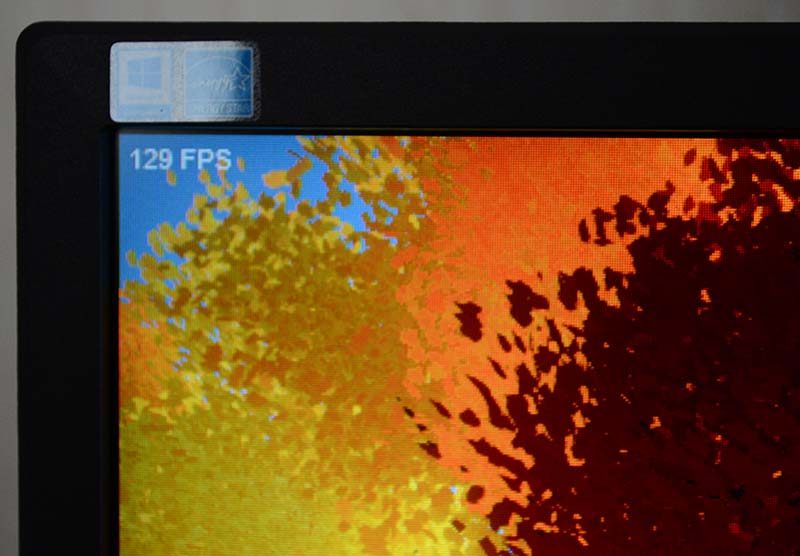
Graphics Hardware

Now, this is a big one. While the monitor we’ve got in the office can hit a staggering 240Hz refresh rate, getting graphically intensive games up to that refresh rate is no easy task. When we reviewed the 240Hz AOC panel, I used my own Inno3d iChill X4 GTX 1080. That’s an incredibly fast gaming card, and fantastic for 4K. However, getting any game to max out that refresh rate was near impossible.

When it comes to less graphically intensive games like League of Legends, you should be able to hit that magic number. However, from my own testing, doing that kind of refresh rate in graphically intensive titles is not easy. I’ve played Battlefield 1, Borderlands Pre-Sequel, Just Cause 3, Forza Apex, and many others and even at 1920 x 1080 the frame rate was over 100 but generally under 200.
What Settings Should I Use?
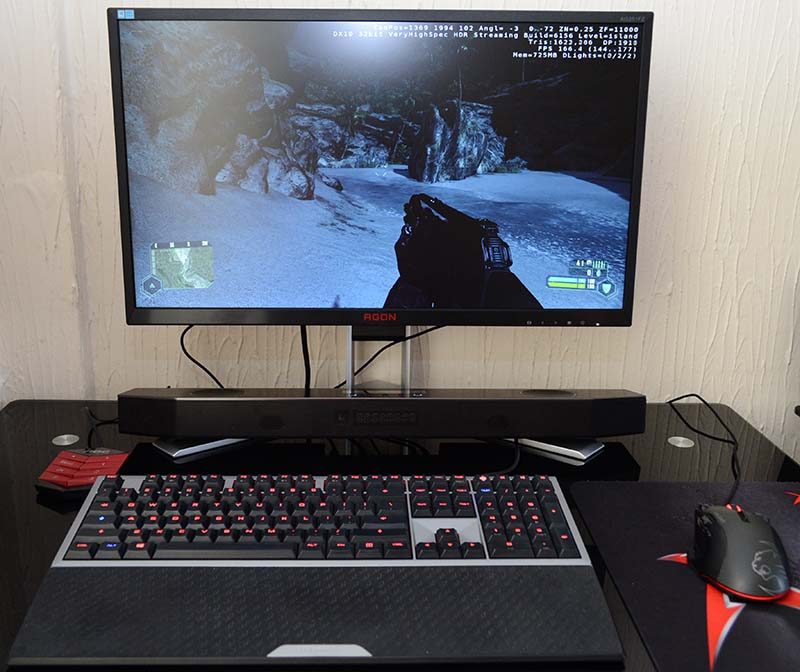
Crysis Running at 170FPS Average on 240Hz Panel

That’s a tough one, but the general consensus seems “don’t try max out the graphics slider”. If you’re using a GTX 1080 or above, and gaming at 1920 x 1080, even the most graphics intensive games likely won’t top much over 150fps at high settings. Increase the resolution to 2560 x 1440 and you’ll be dropping down to medium to keep things above 100 fps.
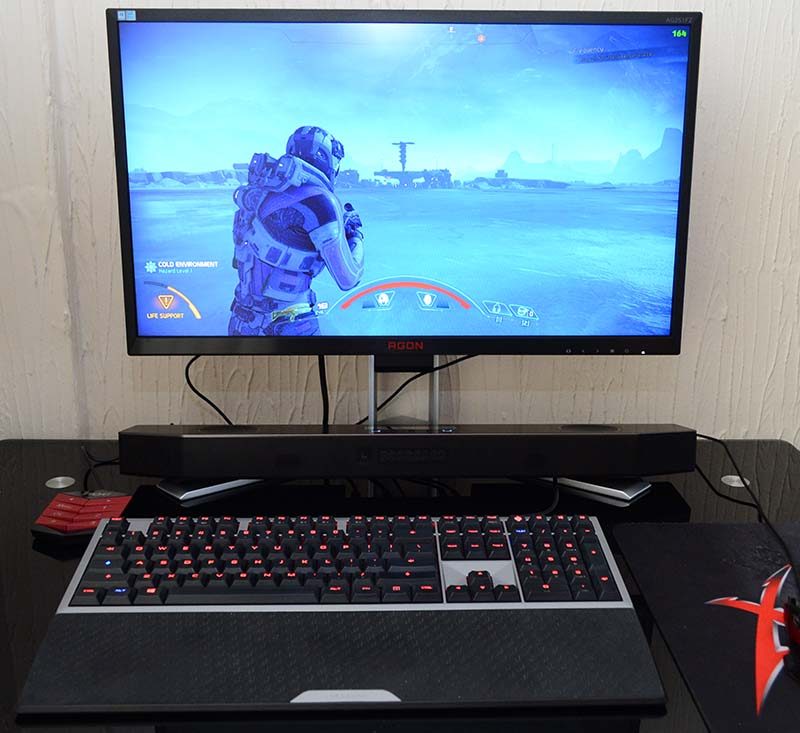
Mass Effect: Andromeda 1920 x 1080 High Graphics Profile – 140fps Average
What’s the Point?
That’s an interesting question and one that’s hard to explain to those who haven’t used higher frame rate displays. For example, I game at 4K/60Hz on my home rig. However, playing at 1920 x 1080 on the AOC monitor was far less a drop in quality than you might think with a higher refresh rate. The extreme levels of clarity offered by high refresh rates are something that has to be seen to be believed. 60 FPS is great, it’s pretty smooth. However, spend a day or two playing at 120 FPS or above on a 120+ Hz gaming monitor, and you’ll never look at 60 Hz panels in the same way again.
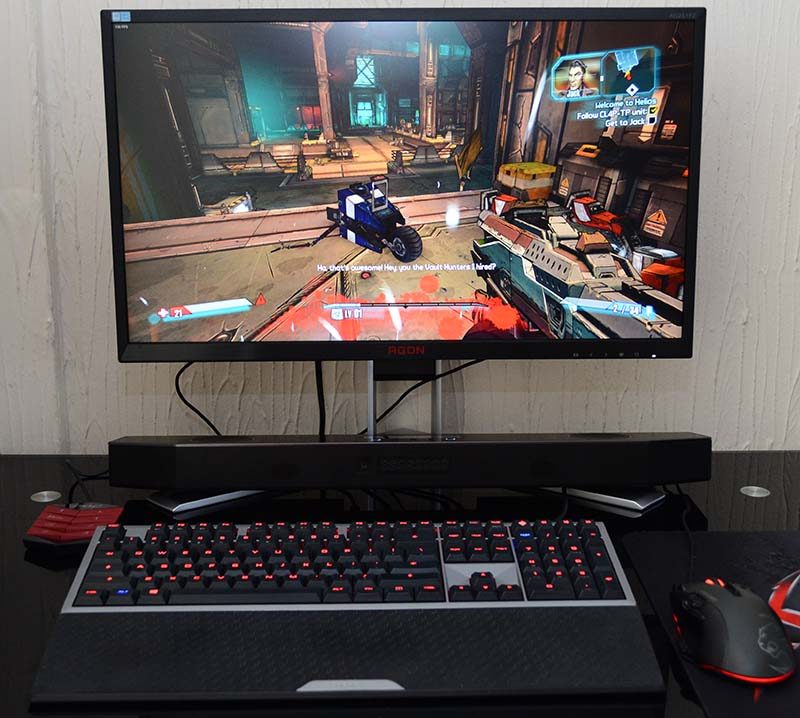
Borderlands: The Pre-Sequel 1920 x 1080 High Graphics Settings – 180fps Average
When it comes to competitive eSports, frame rate really matters. The higher the frame rate, the smoother the gameplay. The higher the fresh rate of your monitor, the more of those frames you’re going to see. This massive increase in frames, combined with the much lower input lag from movement to action on screen, is a huge benefit to your gaming performance. When you move your cursor in CS:GO, and your taking headshot, you want to know that what you’re seeing on screen is a 1:1 representation of the action and HFR displays can do that for you. The lack of image ghosting and motion blur are all big benefits.
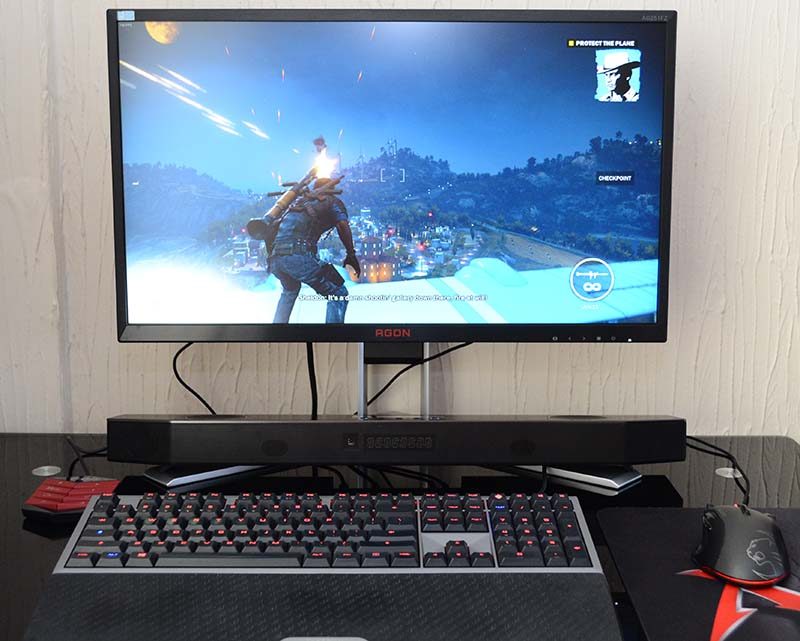
Triple digit FPS makes explosions look extremely fluid!



















